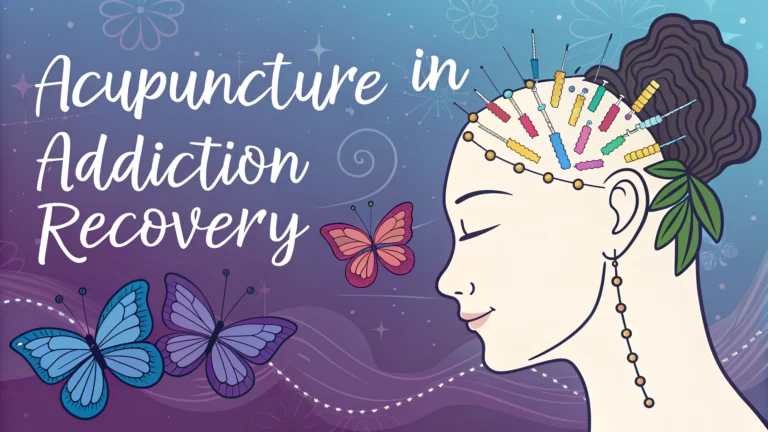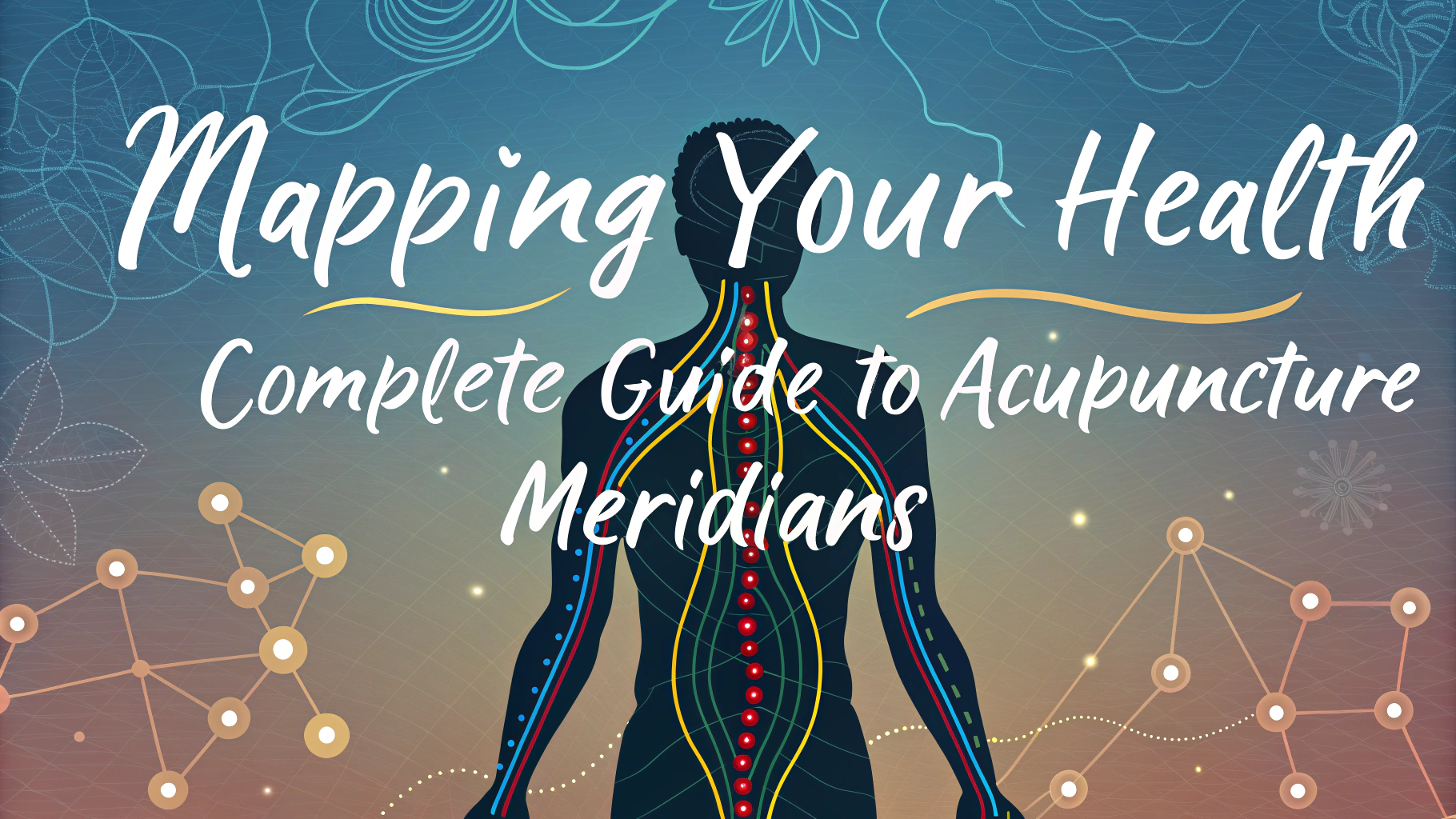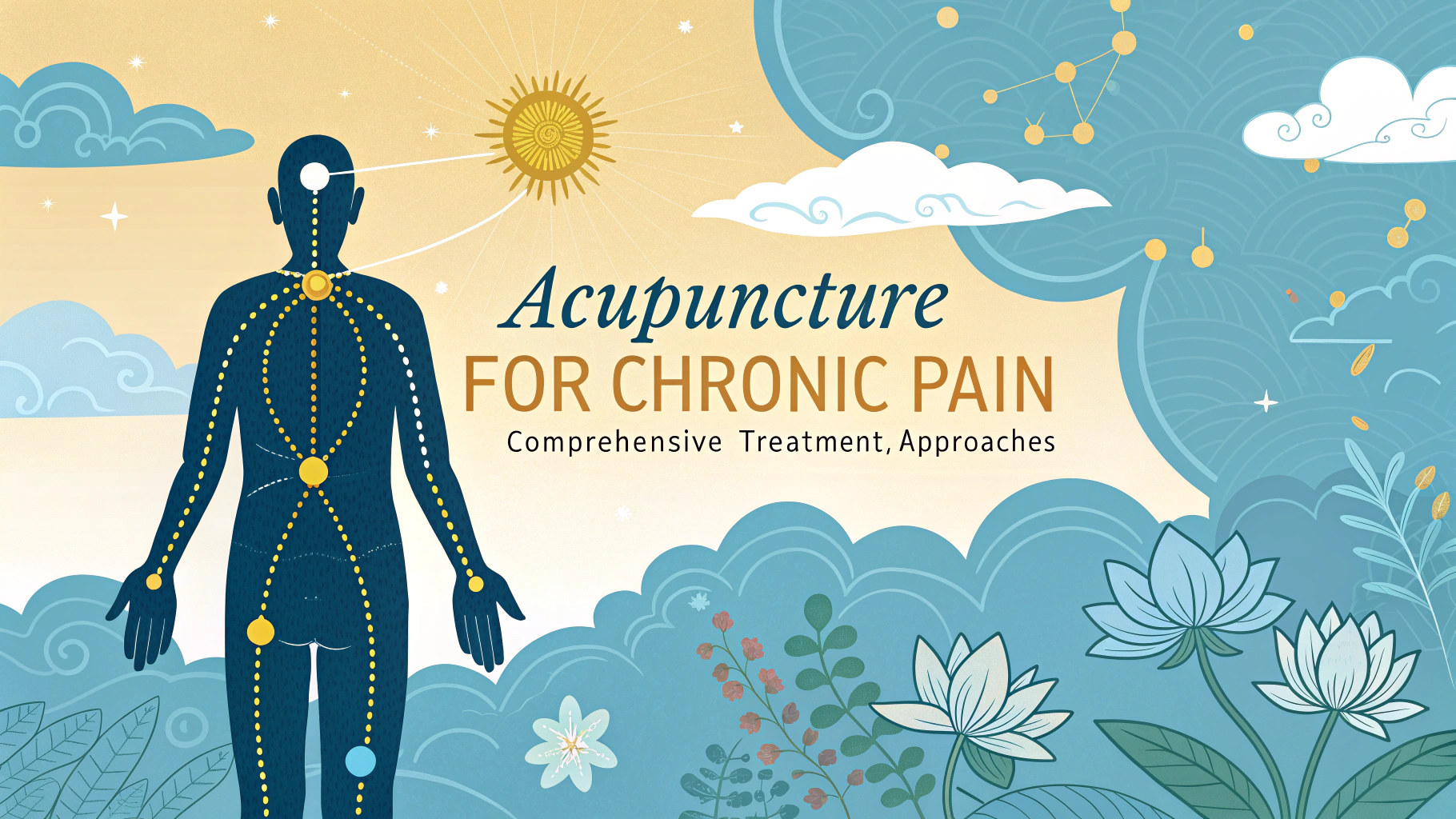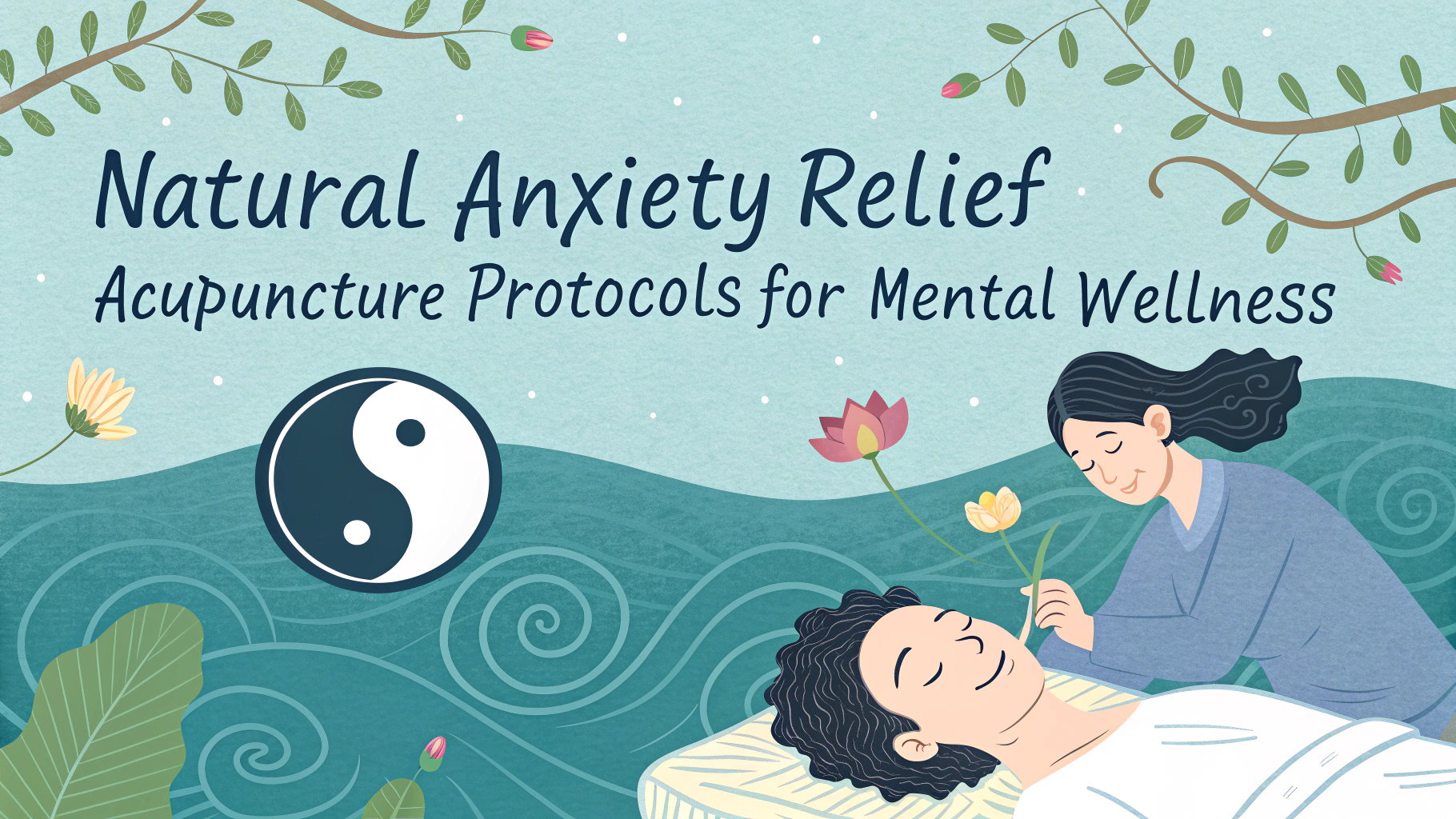Acupuncture can be a powerful healing tool when performed correctly by qualified practitioners, but knowing potential warning signs helps ensure a safe and effective treatment experience.
While most licensed acupuncturists maintain high professional standards, being aware of red flags allows you to make informed decisions about your care and avoid unnecessary risks.
This guide outlines key warning signs to watch for before, during, and after acupuncture treatments to help protect your health and maximize benefits.
Before Your Treatment
- The practitioner cannot provide proof of proper licensing and certification
- The facility appears unclean or disorganized
- Single-use, sterile needles are not visible or used
- The acupuncturist seems dismissive of your medical history or current medications
- They make unrealistic promises about curing serious conditions
Practitioner Red Flags
A qualified acupuncturist should always wear gloves and follow proper sanitization protocols.
They should thoroughly review your health history and any medications before treatment.
Watch out for practitioners who rush through consultations or dismiss your questions and concerns.
Treatment Room Warning Signs
- Visible dirt or unsanitary conditions
- No proper hand washing station
- Reused needles or improper needle disposal
- Lack of clean linens on treatment tables
- Missing proper licensing documentation on display
During Treatment Red Flags
Extreme pain or burning sensations are not normal and should be reported immediately.
The practitioner should never leave you unattended for extended periods with needles inserted.
Proper needle placement should not cause bleeding or significant bruising.
Post-Treatment Warning Signs
- Lasting pain or discomfort beyond 24 hours
- Signs of infection like redness, swelling, or warmth
- Unusual bruising or bleeding at needle sites
- Dizziness or nausea that persists
- Worsening of original symptoms
Finding a Qualified Practitioner
Check credentials through the National Certification Commission for Acupuncture and Oriental Medicine (NCCAOM).
Contact your state’s acupuncture board to verify licensing status.
Read patient reviews and ask for references from healthcare providers.
When to Seek Medical Help
- Signs of infection develop at needle sites
- Severe pain persists after treatment
- Unusual symptoms occur within 48 hours
- Any signs of nerve damage like numbness or tingling
Taking Action for Your Safety
Report unsafe practices to your state’s acupuncture board immediately.
Document any adverse reactions with photos and written descriptions.
Trust your instincts – if something feels wrong, don’t hesitate to stop treatment and seek another provider.
Best Practices for Safe Treatment
- Schedule initial consultation before booking treatment
- Arrive early to complete medical history forms
- Communicate clearly about health concerns and medications
- Ask questions about sterilization procedures
- Request to see unopened, sterile needle packages
Common Treatment Areas to Monitor
- Facial points – watch for proper depth and technique
- Abdominal regions – should never cause sharp pain
- Back and spine – monitor for precise placement
- Joints and extremities – observe for proper angle insertion
- Chest area – ensure careful placement away from vital organs
Documentation Practices
Keep detailed records of your treatments, including:
- Dates and times of sessions
- Specific points treated
- Any immediate reactions
- Follow-up symptoms or concerns
- Communication with practitioner
Ensuring Long-term Treatment Success
Regular communication with your practitioner ensures optimal results and safety.
Document progress and any concerns between sessions.
Maintain consistent treatment schedules as recommended.
Empowering Your Acupuncture Journey
Being informed and vigilant about safety standards protects your health while maximizing treatment benefits.
Trust qualified practitioners who prioritize safety and open communication.
Remember that proper acupuncture should support your healing journey without causing harm or distress.
FAQs
- What are the most common red flags to watch for when choosing an acupuncturist?
An acupuncturist should be licensed, maintain a clean clinic, use sterile single-use needles, ask for medical history, and have proper credentials displayed. They should also be registered with relevant state boards or professional organizations. - How do I know if my acupuncturist is using proper sterilization techniques?
Proper sterilization includes using sealed, disposable needles opened in front of you, wearing clean gloves, sterilizing treatment areas, and maintaining a visibly clean environment with sanitized equipment and treatment tables. - What sensations during acupuncture treatment should cause concern?
Severe pain, burning, electric shock sensations, prolonged bleeding, dizziness, or nausea are abnormal reactions that should be reported immediately. Mild tingling or dull ache is normal. - When should I avoid getting acupuncture treatment?
Avoid acupuncture if you have bleeding disorders, are taking blood thinners, have a pacemaker, during pregnancy (certain points), with acute infections, or severe skin conditions in treatment areas. - What qualifications should a legitimate acupuncturist have?
A legitimate acupuncturist should have a master’s degree in acupuncture or Oriental medicine, state licensure, NCCAOM certification, and ongoing professional education credits. - What are signs of improper needle insertion technique?
Signs include sharp or severe pain during insertion, excessive bleeding, bruising, lasting pain after treatment, bent needles, or needles inserted too deeply causing organ pain. - How can I verify if an acupuncture clinic is properly licensed?
Check state licensing boards, verify NCCAOM certification online, ask to see credentials, and research any disciplinary actions or complaints against the practitioner. - What hygiene standards should be maintained in an acupuncture clinic?
Standards include clean treatment rooms, fresh linens, practitioners washing hands between patients, proper needle disposal protocols, and regular sanitization of all surfaces and equipment. - What should be included in a proper pre-treatment consultation?
A thorough medical history, current medications, discussion of symptoms, treatment goals, explanation of procedure, and disclosure of potential risks should be covered. - What post-treatment symptoms require immediate medical attention?
Fever, severe pain, infection signs at needle sites, difficulty breathing, fainting, or unusual swelling require immediate medical attention.







